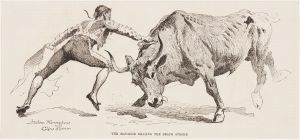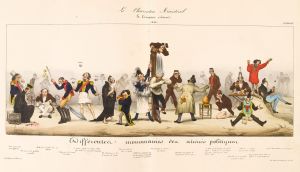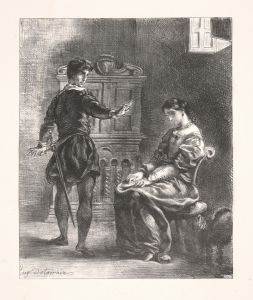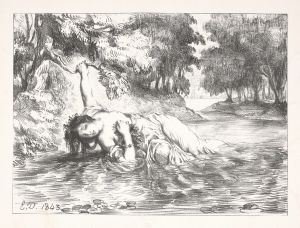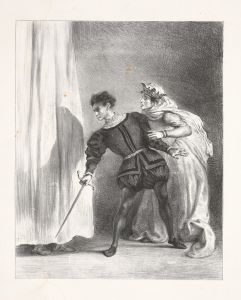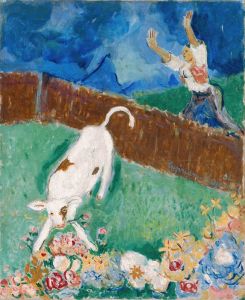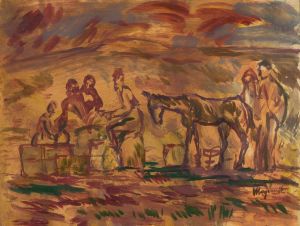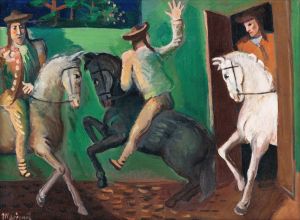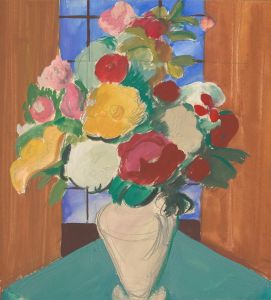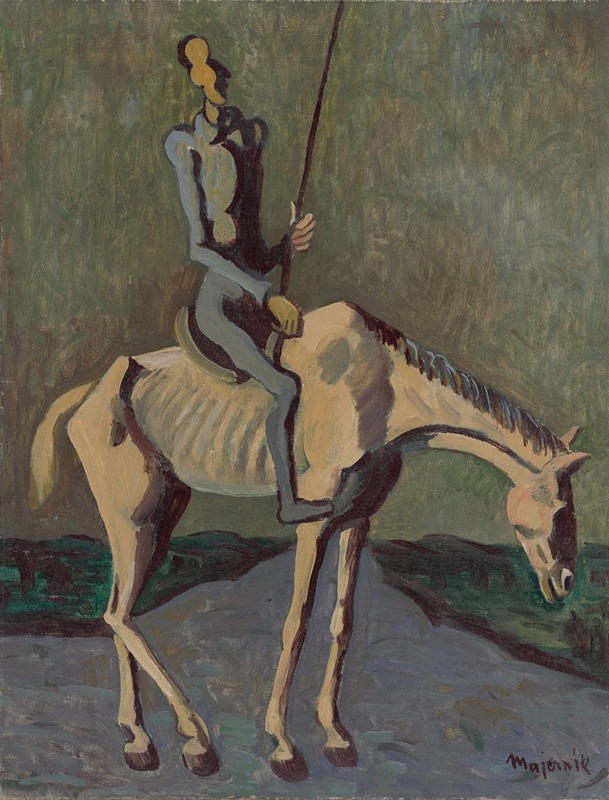
Don Quichotte
A hand-painted replica of Cyprián Majerník’s masterpiece Don Quichotte, meticulously crafted by professional artists to capture the true essence of the original. Each piece is created with museum-quality canvas and rare mineral pigments, carefully painted by experienced artists with delicate brushstrokes and rich, layered colors to perfectly recreate the texture of the original artwork. Unlike machine-printed reproductions, this hand-painted version brings the painting to life, infused with the artist’s emotions and skill in every stroke. Whether for personal collection or home decoration, it instantly elevates the artistic atmosphere of any space.
Cyprián Majerník was a Slovak painter known for his poignant and expressive works, often reflecting the socio-political turmoil of his time. One of his notable paintings is "Don Quichotte," which captures the essence of the legendary literary character Don Quixote, originally created by Spanish author Miguel de Cervantes in the early 17th century. Majerník's interpretation of Don Quixote is a testament to his ability to convey deep emotional and psychological themes through his art.
Majerník was born in 1909 in Veľké Kostoľany, then part of the Austro-Hungarian Empire, and he later became a significant figure in Slovak art. His work is characterized by a unique blend of expressionism and surrealism, often exploring themes of human struggle, existential angst, and the absurdity of life. These themes are vividly present in his painting "Don Quichotte."
"Don Quichotte" by Majerník is a reflection of the artist's own experiences and the broader historical context of his time. The painting portrays Don Quixote, the idealistic and somewhat delusional knight-errant, who embarks on a quest to revive chivalry and bring justice to the world. Majerník's depiction is likely influenced by the political and social upheavals of the 1930s and 1940s, a period marked by the rise of totalitarian regimes and the devastation of World War II.
In Majerník's "Don Quichotte," the figure of Don Quixote is often rendered with a sense of melancholy and introspection, capturing the tragicomic nature of Cervantes' character. The painting may feature elements that highlight the contrast between Quixote's noble aspirations and the harsh realities he faces. This duality is a central theme in Majerník's work, reflecting his own struggles with the political oppression and cultural challenges of his era.
Majerník's style in "Don Quichotte" is likely characterized by bold brushstrokes and a vivid color palette, which he uses to convey the emotional intensity of the scene. His approach to form and composition often emphasizes the psychological depth of his subjects, inviting viewers to engage with the inner world of his characters. This technique aligns with the broader expressionist movement, which sought to depict the subjective emotions and responses of individuals to the world around them.
The painting "Don Quichotte" is an example of how Majerník used art as a means of commentary on the human condition. Through the figure of Don Quixote, Majerník explores themes of idealism, disillusionment, and the enduring quest for meaning in a chaotic world. His work resonates with audiences by capturing the timeless struggle between dreams and reality, a theme that remains relevant across different cultures and historical periods.
Cyprián Majerník's contributions to art extend beyond his individual works; he is regarded as an important figure in Slovak modernism. His paintings, including "Don Quichotte," continue to be studied and appreciated for their emotional depth and historical significance. Majerník's ability to infuse his art with both personal and universal themes ensures that his work remains a vital part of the cultural and artistic heritage of Slovakia and beyond.





